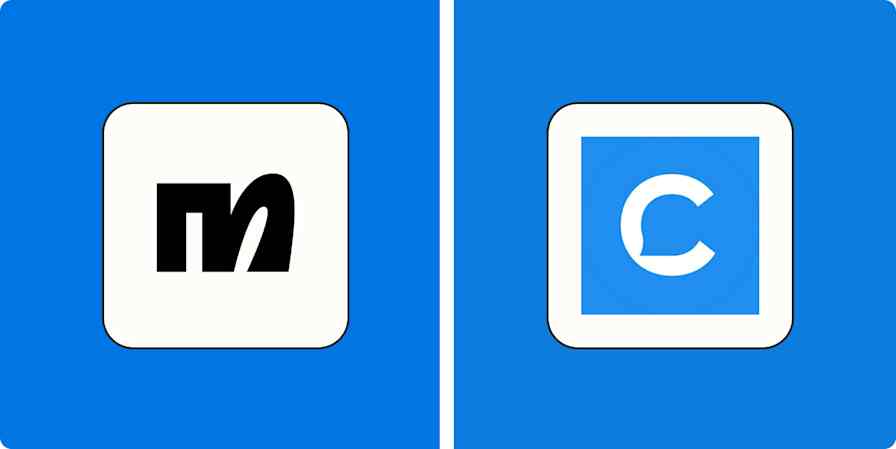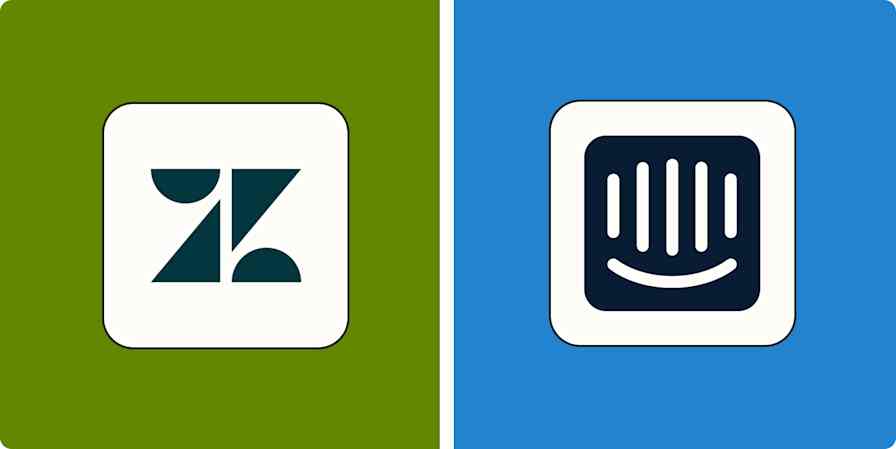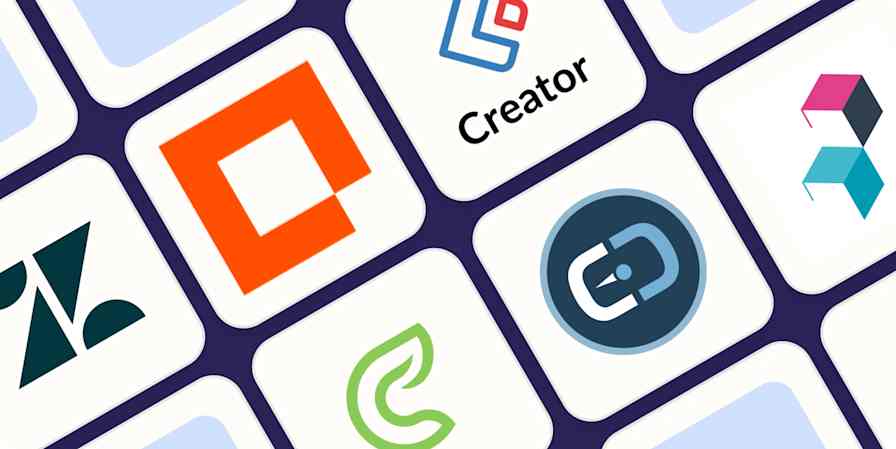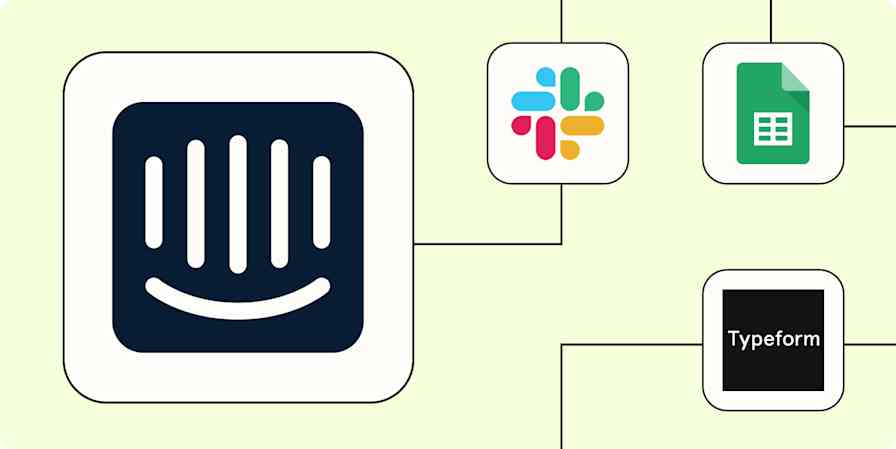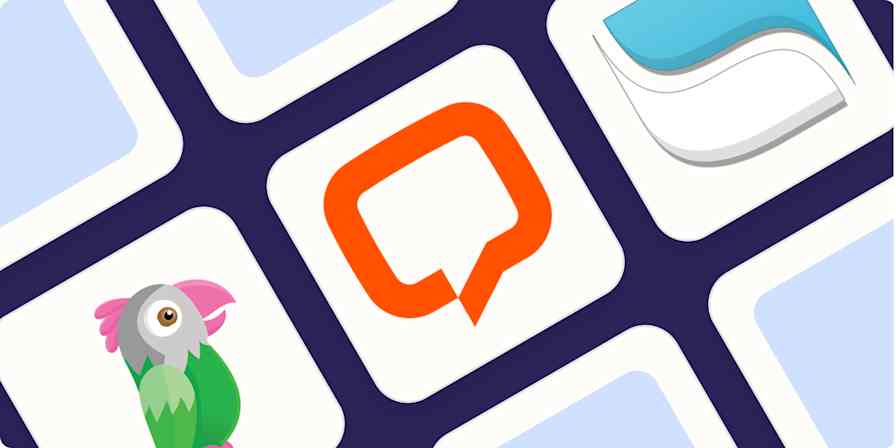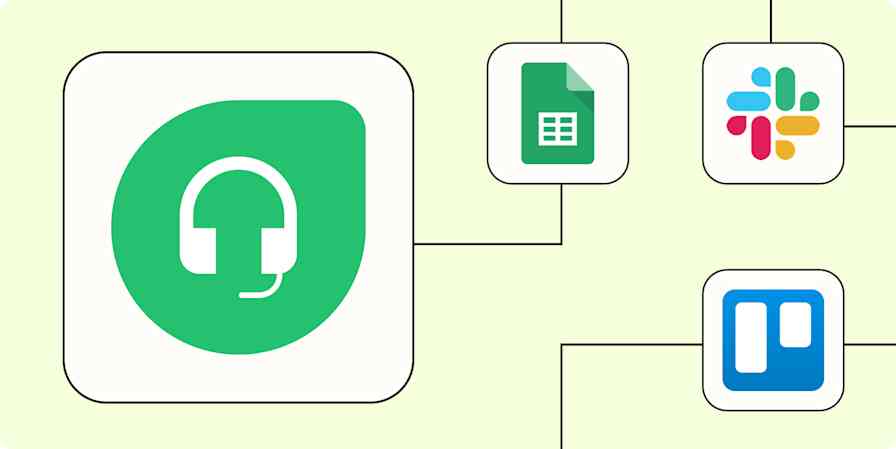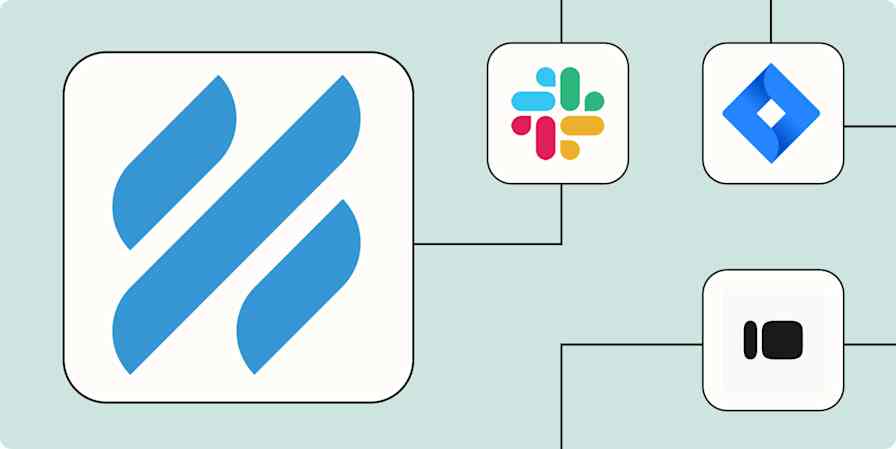App comparisons
9 min readFreshdesk vs. Zendesk: Which should you use? [2025]
Find out which customer service software is right for your team.
By Jessica Lau · November 18, 2024

Get productivity tips delivered straight to your inbox
We’ll email you 1-3 times per week—and never share your information.
tags
Related articles
Improve your productivity automatically. Use Zapier to get your apps working together.


